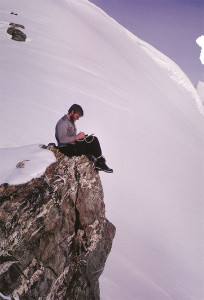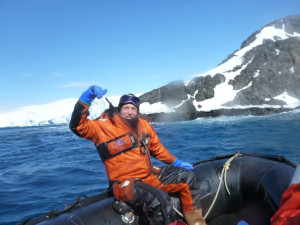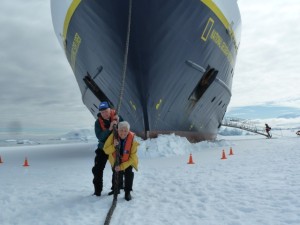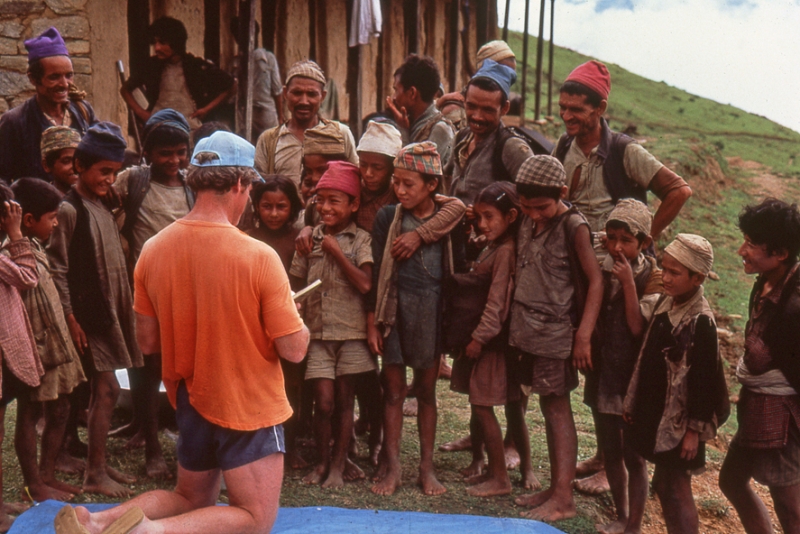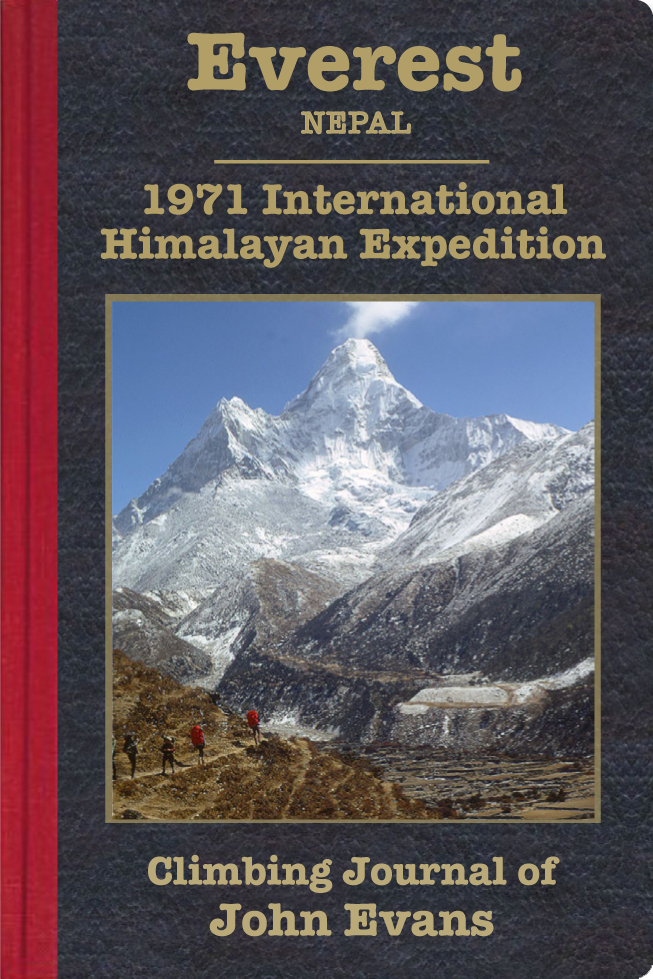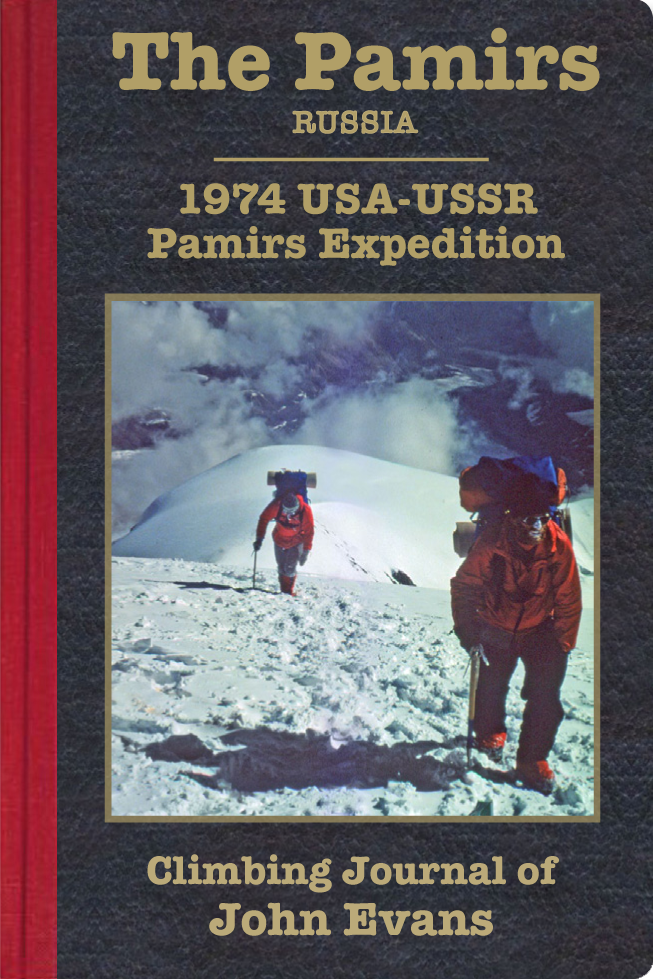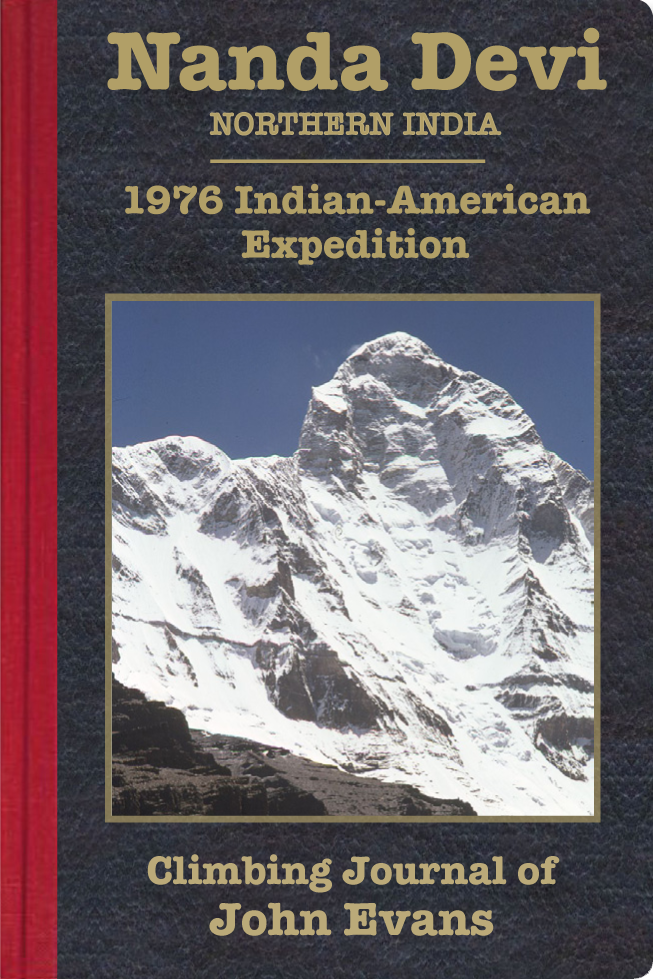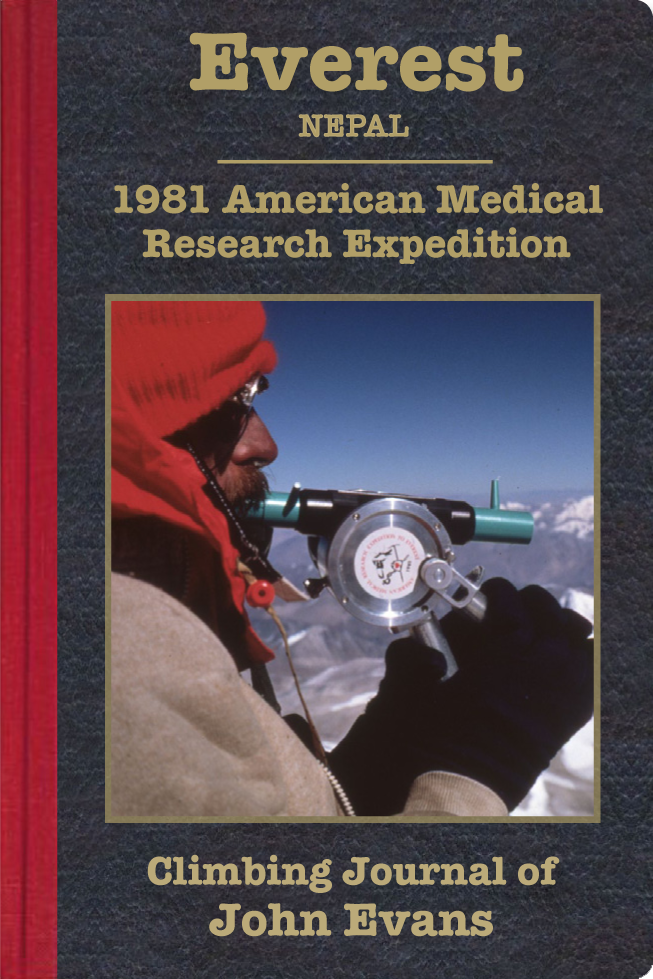As a teen in mountain-deprived Ohio, John was lured by an older brother into a summer backpacking/pseudo climbing trip to the Wind Rivers, aspiring to climb Wyoming’s highest point, Gannet Peak. Against all odds they summited, and the flame was lit— never to diminish. Then, without consciously planning it, a life-changing summer job in western South Dakota in the early 60’s dropped him into the hands of the incredible Herb and Jan Conn, legendary pioneers of climbing in the Black Hills. This technical rock climbing suited John completely, and he quickly became addicted.
Although not part of any prior ambition, climbing quickly became key to John’s enrolling in college and later grad school at the South Dakota School of Mines in Rapid City. This venue, at such a formative stage, provided John with wonderful opportunities to provide local guide / belayer services for some of the county’s best alpinists as they crossed America’s midriff en route from coast to coast— thus helping him fast-track his rock climbing proficiency. Among those skilled climbers was Dick Long, then in medical school and one of Yosemite’s cadre of big wall denizens. After putting up some new routes in the Needles and Devils Tower, Long advised that if John really wanted to be a rock climber, he should take himself to where the action was: Yosemite.
Grad school conveniently left summers largely free, and—heeding Long’s advice—John began a series of summer migrations to California, where he again was able to apprentice himself to some of the nation’s best, and to branch out from Yosemite’s sun-drenched walls to the world of mixed alpine climbing. Among the many significant personages was the remarkable Allen Steck, and a threesome soon coalesced of Al, John, and the newly-minted young doctor, Dick Long.
The 60’s reputation as being American climbing’s “golden age” saw an informal but vigorous competition for the dubious prestige associated with pioneering new routes. This was not lost on the Steck/Long/Evans troika, who tagged new lines in Yosemite, the high Sierra, and—most notably—the Hummingbird Ridge on the Yukon’s Mt. Logan. (This latter still begs a second ascent after nearly 50 years and a handful of attempts).
Less notable (and characterized uncharitably as a “high school stunt” by a prominent member of the mountaineering community) was a trend-setting speed ascent in the Tetons in August of 1963. Thanks to Dick Long’s outrageous enthusiasm, he, John, and Allen Steck climbed Nez Perce, Cloudveil Dome, South, Middle, and Grand Teton, Mount Owen, and Teewinot, plus the various intervening small peaks in 20 1/2 hours before limping back to the car. (This was trend-setting in that it preceded very slightly the explosion of interest in speed climbing.)
A PhD program in geology at the University of Minnesota provided yet another un-predicted but life-changing opportunity: a chance to do field work in the little-known Sentinel Range in the Antarctic interior. John opted for this and took a sort of leave of absence from academia to go to Antarctica in 1963-64 and the following Antarctic summer. Significantly, the Sentinel Range included the two highest peaks on the Antarctic continent, Mts. Vinson and Tyree, both untouched by climbers. This significance was in the context of an abrupt lust on the part of climbers around the globe to make the first ascent of the last remaining unclimbed continental summit. And when an American team was formed to vie for the first ascent of Vinson in 1966-67, John made the team—his climbing and Antarctic experience making him a fairly obvious choice.
This highly-touted Antarctic expedition was a significant success, with all ten team members making the first ascent of Vinson (the highest peak) in December, 1966, and John with the late Barry Corbet summiting the much more difficult second highest (Tyree) the following month. Their Tyree route has yet to see a repeat.
The Antarctic and Mt. Logan climbs served to elevate John to sufficient standing in the American mountaineering community that he found himself included on a number of subsequent expeditions, including Everest in 1971 and 1981, the Russian Pamirs in 1974, and Nanda Devi in 1976. Of these John tagged the summit of only Pik Lenin in the Pamirs, missing the others by various altitude and logistical complications.
Along the way, John began another life-altering mini-career with the Colorado Outward Bound School, and yet another as a banker—complete with dark suit, maroon tie, and painful shoes. This latter career, lasting nearly a decade, was John’s only venture into the world of main-stream employment. After struggling to the position of Assistant Vice President, however, it was beginning to dawn on him that he was in the wrong place. Happily, he was rescued by an irresistible opportunity to return to Antarctica— this time to manage the U.S. side of “Ice Station Weddell”, a joint venture with the Soviet Union, entailing an ice-breaker-supported camp on floating sea ice in the Weddell Sea.
Predictably, John leaped on this life-changing opportunity, resigning from the bank and never looking back. He parlayed that 18-month Antarctic job to a full-time position as an Antarctic support contractor, specializing in remote field camps on islands along the Antarctic Peninsula. He continued this work until another life-changing event: his retirement in 2012.
Subsequently, he has availed himself of occasional opportunities to return to Antarctica as a guest speaker on Lindblad tourships. These occasions have also provided long-awaited opportunities to travel to the “frozen continent” with his wife of nearly half a century, Loie. Having raised a world-class daughter, they can now concentrate on the spoiling of two equally splendid granddaughters—all living in Evergreen, Colorado.
Along the way, John has been an improbably consistent chronicler of his various endeavors, and retirement has led him to undertake the long-deferred attention to the tidying up and annotation of his journals to make them coherent to people not there at the time. Thanks to the marvels of e-publishing, these journals are now available to all.
